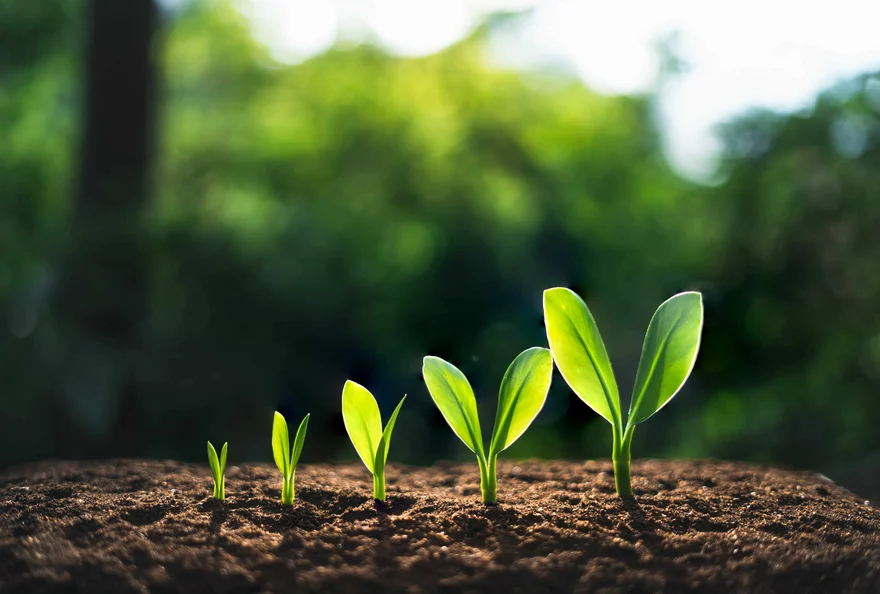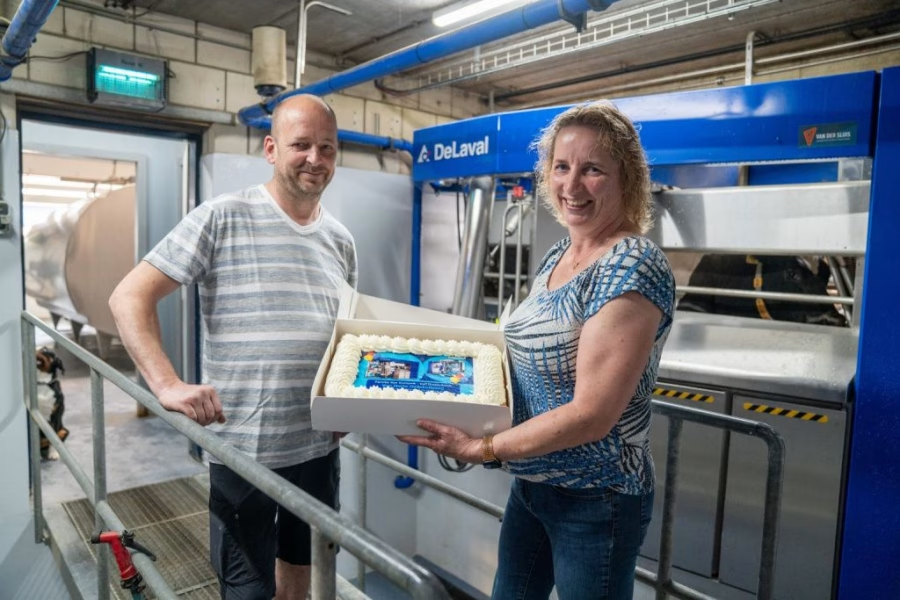Find out the latest trends in Class III milk futures and market movements from the Chicago Mercantile Exchange. How will these changes affect your dairy farming plans?

Today, we observed relatively subdued activity across Class III and IV markets. Class III prices saw a general increase of 10-15 cents, influenced by a mix of spot results. Notably, only one Class IV contract has been traded, with butter and nonfat prices showing a decline. This slow start to the week is particularly noteworthy, given the high anticipation surrounding the recent Milk Production report, which is expected to have a significant impact on the market.
Mixed Movements in Milk Futures: Class III Climbs While Class IV Drags
| Contract | Class III Price ($/cwt) | Class IV Price ($/cwt) |
|---|---|---|
| July 2024 | $19.87 | $21.21 |
| August 2024 | $20.00 | $21.15 |
| September 2024 | $20.10 | $21.10 |
The overall market movements for Class III and Class IV milk futures presented a mixed picture. Class III futures showed a moderate growth, increasing by 10-15 cents, which can be seen as a positive response to spot market variations. On the other hand, Class IV futures saw limited activity with predominantly downward trends, including a single contract traded and declines in butter and nonfat milk prices. This mix of movements sets the stage for a cautious start to the week, highlighting the potential risks and opportunities in the market following the recent Milk Production report.
Optimism in Class III Milk Futures Amid Mixed Spot Market Results
Class III milk futures showed signs of optimism as prices rose by 10-15 cents across all contracts. This uptick was primarily a reflection of mixed spot market results. Specifically, block cheese prices increased to $1.8900 per pound, likely bolstering confidence among traders. In contrast, barrel cheese prices slightly declined to $1.9150 per pound. The divergence in spot prices seemed to fuel the cautious yet hopeful sentiment observed in the futures market.
Class IV Milk Futures See Limited Activity Amid Sluggish Market
Class IV milk futures were subdued, reflecting the overall sluggish activity in the market today. At the time of writing, only one Class IV contract had been traded, highlighting the lackluster interest in this segment. This cautious trading behavior was mirrored by declines in both butter and nonfat dry milk prices. Butter settled at $3.0650 per pound, giving up $0.0250, and nonfat dry milk followed suit with similar downward adjustments. The dipping prices in essential dairy commodities likely contributed to the softer stance in Class IV futures.
Spot Market Sees Mixed Cheese Prices and Declines in Butter and Nonfat Dry Milk
| Product | Price Per Pound | Change |
|---|---|---|
| Cheese Blocks | $1.8900 | + $0.0450 |
| Cheese Barrels | $1.9150 | – $0.0050 |
| Butter | $3.0650 | – $0.0250 |
| Nonfat Dry Milk | $1.19 | – $0.0025 |
The day’s spot market activity saw block cheese prices lift to $1.8900 per pound, marking an increase of $0.0450 per pound with two lots traded. In contrast, barrel cheese prices slipped slightly to $1.9150 per pound, a decrease of $0.0050, with just one load exchanged.
Butter prices also dipped today, settling at $3.0650 per pound, down by $0.0250 per pound with one lot sold. Meanwhile, nonfat dry milk prices decreased by $0.0025 to $1.19, with three sales recorded, ranging from $1.19 to $1.1950 per pound.
This pattern of dipping prices across essential dairy commodities indicates a market cautious at the start of the week, especially following the highly anticipated Milk Production report.
Mixed Futures Activity: Class III Shows Gains, While Class IV and Butter Futures Retreat
In today’s market, July Class III futures rose by 12 cents to $19.87 per hundredweight, indicating positive movement despite mixed spot results. This rise contrasts with the nearby Class IV contract, which saw a decrease, losing 12 cents and settling at $21.21 per hundredweight.
Trends in Q3 “all-cheese” futures were upbeat, ending the day positively at $2.0333 per pound, adding $0.0220. However, the butter futures market mirrored the spot market softness, with July futures coming in at $3.0550 per pound, down $0.0300.
Promising Crop Conditions: Corn and Soybeans Show Strong Potential
| Crop | Date | % Planted | % Good to Excellent |
|---|---|---|---|
| Corn | June 23, 2024 | 98% | 69% |
| Soybeans | June 23, 2024 | 97% | 67% |
The latest Crop Progress report sheds light on the current status of crucial feed crops, such as corn and soybeans, which are vital to the dairy industry. As of June 23, 69% of the corn crop was rated good to excellent. This indicates a robust potential for feed quality, directly impacting feed costs and milk production efficiency. Similarly, soybean planting has nearly completed, with 97% of the crop in the ground and 67% rated good to excellent. This positive outlook in crop conditions could lead to stable or reduced feed prices, offering a silver lining for dairy farmers navigating volatile market conditions.
The Bottom Line
The CME dairy report for June 24, 2024, highlights modest growth in Class III futures, with prices rising 10-15 cents. However, Class IV futures were primarily static, with minimal trading activity. Key spot prices for blocks and barrels showed mixed results, indicating a potentially stabilizing market. Additionally, butter futures softened slightly.
For dairy farmers, these market movements suggest a cautiously optimistic outlook. The increase in Class III futures might signal improving dairy margins, especially as feed costs are expected to stabilize with promising crop progress reports. Keeping a close eye on market trends through resources like the CME and Progressive Dairy will be crucial for making informed decisions. Utilizing tools like Dairy Revenue Protection could offer additional security against volatile price swings, ensuring your operations remain resilient in the coming weeks.
Key Takeaways:
- Class III milk futures showed modest growth, rising 10-15 cents.
- Class IV milk futures experienced minimal trading activity and a decline in prices.
- Block cheese prices increased, while barrel cheese prices fell slightly.
- Butter prices and futures saw a decrease, with minimal trading activity.
- Corn crop progress remains strong, with 69% rated good to excellent.
- Soybean planting is nearly complete, with a 67% good to excellent rating.
- Dairy margins are projected to improve for the rest of the year due to stronger milk prices and lower feed costs.
Summary:
The dairy market has seen a mixed start to the week, with Class III and IV milk futures showing moderate growth and a cautious outlook. Class III prices increased by 10-15 cents overall, driven by mixed spot results. However, Class IV futures saw limited activity with predominantly downward trends, including a single contract traded and declines in butter and nonfat milk prices. This mix of movements sets the stage for a cautious start to the week, highlighting potential risks and opportunities in the market following the recent Milk Production report. Block cheese prices increased to $1.8900 per pound, while barrel cheese prices slightly declined to $1.9150 per pound. July Class III futures rose by 12 cents to $19.87 per hundredweight, indicating positive movement despite mixed spot results. Q3 “all-cheese” futures ended the day positively at $2.0333 per pound.












